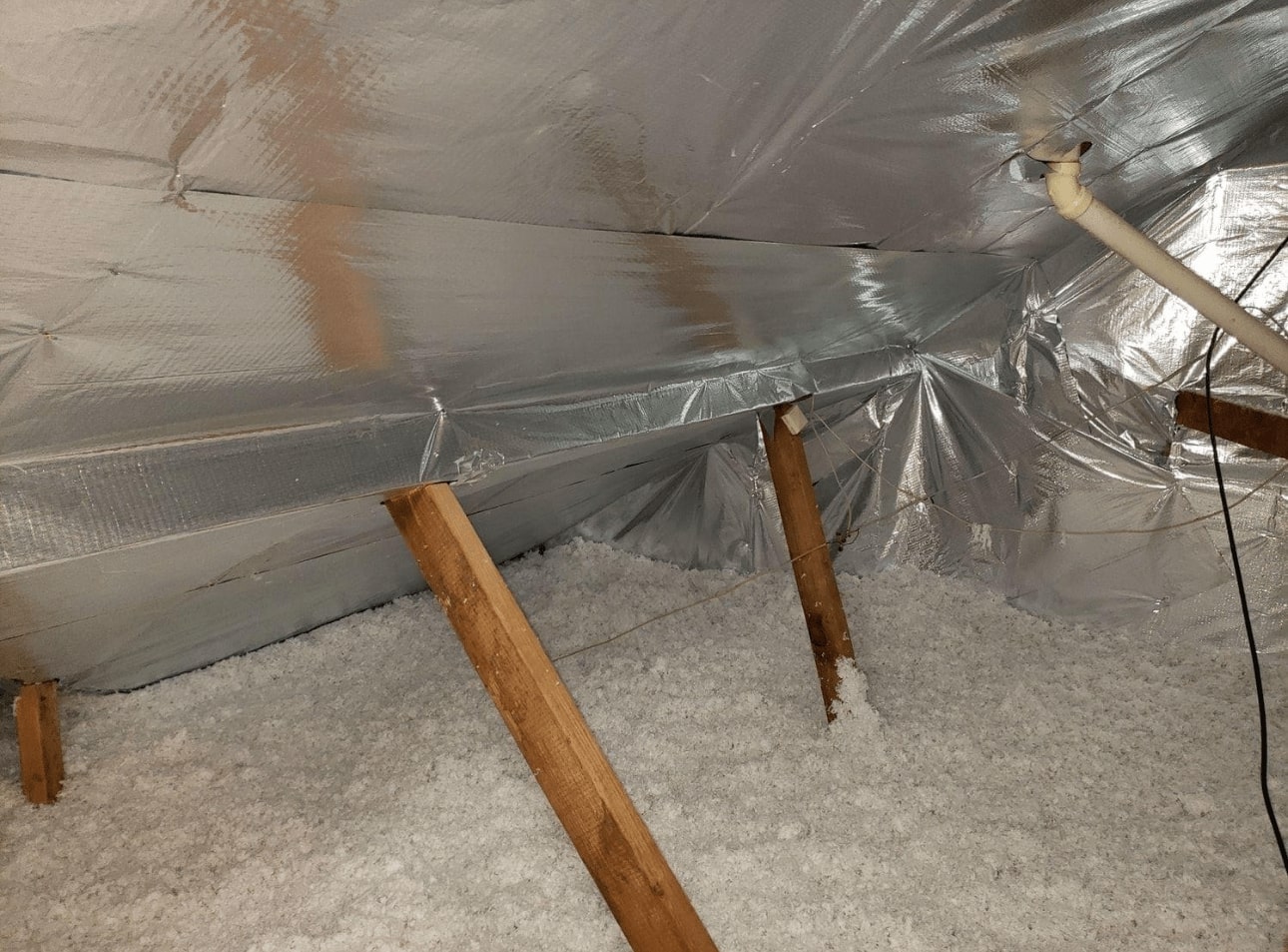The Of Green Attics
The Of Green Attics
Blog Article
Our Green Attics Statements
Table of Contents9 Simple Techniques For Green AtticsSome Ideas on Green Attics You Should KnowNot known Facts About Green Attics8 Easy Facts About Green Attics ShownOur Green Attics PDFsThe Main Principles Of Green Attics
Uploaded by Solution Champions Air Conditioning BlogWhen you turn on your home heating, you want it to remain inside your home - Air conditioning repair. Powering up the home heating causes the warmth to increase directly up right into your attic. It's then approximately your attic room insulation to do its work and obstruct the warm from running awaySo, it's evident that you need to invest your time and cash right into protecting your home, however what attic insulators are out there for you to select from? Which attic insulation is ideal? And what are the potential threats of each of them? This article will describe the 4 kinds of attic room insulation you can select from, plus dive into the pros and disadvantages of each.

The Definitive Guide to Green Attics
Why is fiberglass batt insulation so prominent? It's lots of benefits consist of: As an entire, fiberglass is significantly environmentally friendly.
Fiberglass batt insulation rarely shrinks or breaks down. This is due to the air pockets that occur in manufacturing. Fiberglass batt insulation is likewise soundproof, assisting lower outside sounds and keep internal sound inside the home.

The 9-Minute Rule for Green Attics
If moisture is soaked up by the fiberglass batt insulation, it can reproduce unsafe mold. Rodents and other undesirable visitors enjoy fiberglass batt insulation, and commonly make it their home. As such, rodent infestations are a genuine opportunity. If you like the idea of fiberglass however aren't keen on utilizing batts, then blown-in fiberglass may be the way onward for you.
When utilizing the blown-in technique, it loads the attic room better, ensuring it's air-tight. As an outcome, it loads any splits or spaces, even in uncomfortable rooms. This reduces the quantity of hot air escaping and cool air entering. It also catches audio. The blown-in circulation technique is far quicker. It takes a matter of hours to obtain your attic room insulation up and running.
It needs a lot more upkeep than other kinds of attic room insulation on our listing. Needs to the insulation obtain damp, eliminating the insulation isn't as easy as eliminating fiberglass batts.
This attic insulation is also blown-in making use of a blowing device, nonetheless the product utilized is various. The material used below is cellulose. This is made from all different recycled product, consisting of things constructed of wood, papers, and cardboard. Then, boric acid and other materials are related to flame-proof the attic insulation.
Some Known Facts About Green Attics.
(https://moz.com/community/q/user/greenatt1cs)
Is blown-in cellulose insulation worth it? Right here's what it can use your household: For the many part, blown-in cellulose is much better for the earth. With cellulose being made from totally reused material, there's no demand to generate new product. Recycling this is eco-friendly. The boric acid and various other materials aid to fire proof the insulation and slow down the spread of fires.
Blown-in cellulose insulation has an R-Value that is 23 percent greater than fiberglass batts. Cellulose also assists reduce wind-washing. What are the disadvantages of installing blown-in cellulose insulation in your attic? Below are the disadvantages: Cellulose is green, however the additional compounds that are included are not. Boron is required to develop boric acid, and the mining procedure that mines boron is damaging to the setting.
Cellulose also does not blend well with liquid. Needs to it become damp, mold and mildew can grow swiftly and spiral out of hand. Correcting this scenario can be labor and time intensive, as you'll require to grab the insulation bit by bit, instead of in one roll. The final sort of attic room insulation is spray foam insulation.
Little Known Facts About Green Attics.
Unlike all the other kinds of attic insulation, spray foam insulation is the only kind ahead as a liquid. After being sprayed, it enlarges and expands, and after that sets as a sturdy foam. This foam slides neatly right into any voids, locking impermeable, and cuts off any kind of escape routes for your heating.
Ultimately, what are the disadvantages of spray foam insulation?: The in advance settlement for spray foam insulation is higher than the various other sorts of attic room insulation on our checklist. It's worth taking into consideration that, due to high degrees of energy efficiency, it'll likely stabilize out or even come to be cheaper in the long-run to maintain your home cozy.

Facts About Green Attics Revealed
Great treatment requires to be taken around the foam, and you'll need to put on goggles, a mask, and a respirator. With 4 kinds of attic room insulation and their pros and cons, you're now able to make a notified description choice, understanding the advantages and drawbacks to each. That's why I can state with self-confidence that the ideal method to shield my attic is with low-cost cellulose or fiberglass insulation applied over a closed attic room flooring.
Report this page